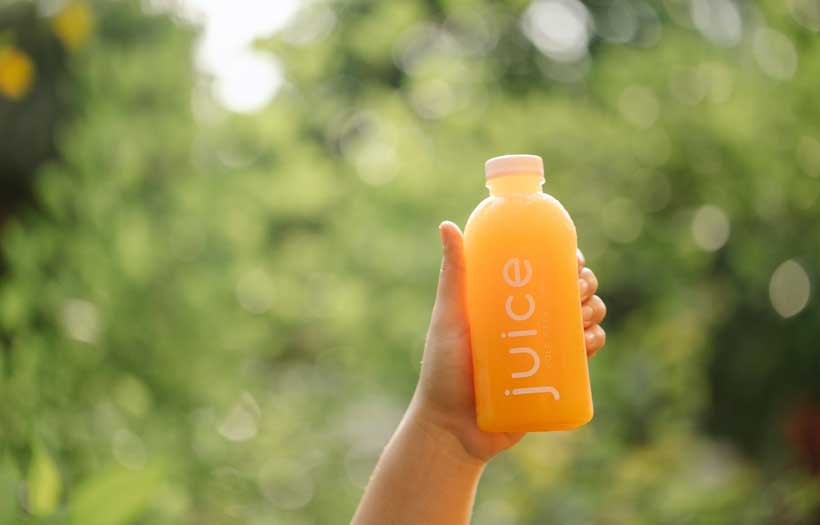Tips for Naming ‘Alternative’ Products Wisely
Tips for Naming ‘Alternative’ Products Wisely
Amendment 171 (which would have banned the use of dairy-based terms being used for plant-based alternatives) may be off the table (for now), but there is always the potential for new rules and tighter regulations when it comes to naming products. In this blog, we share legislative guidance to help you name your products to meet the legal requirements for packaging in the UK.

In 2017, it was ruled that dairy terms — milk, cheese, butter, and yoghurt — could only refer to products derived from animals (with some exceptions in place, for items such as butterbeans).
Plant-based brands are already future-proofing their products by using alternative phrasing like “soya drink” or “almond fermented speciality with raspberries”. Meat terms, however, don’t have the same legislative protections.
Why use ‘alternative’?
We asked our food labelling experts what the legal requirements for using the word alternative in the UK are. Using ‘alternative’ can indicate what the product is intended to be and its purpose to help the consumer to make an informed choice, but think about how this interacts with the restrictions on the use of the dairy terms. For example, ‘milk’ in ‘milk alternative’ will not be compliant.
Another example is that low fat cheddar cheese cannot be called cheddar as it must have a specific fat content. There are ways to get around specific legislation, such as “all the flavour of cheddar but with only 20% fat”.
Translating alternative products
Localising your product information for new markets requires more than just a direct translation, and our global team of food labelling experts are native speakers of the language they adapt and translate, so that it makes cultural sense and is interpreted how it’s intended.
It’s also worth considering the languages your labels will be translated into — ‘creamy’ may be accepted in the UK if it’s clear to consumers that it doesn’t actually contain cream. Regulations are different from country to country, so in France, the word ‘creamy’ could be translated in a way that may mislead consumers, therefore be illegal.
Cross-Contamination
It’s important to consider potential risk of cross-contamination from animal products too — potential animal sources of additives and ingredients are not always apparent. Many meat-free production facilities will look to stop staff members bringing in lunch containing meat to reduce any risk of cross-contamination.
The vegan and plant-based market is booming and is only set to grow in years to come. Yes, there are many important elements for manufacturers and brands to consider when exploring the vegan and plant-based markets, but there’s no doubt that if you can manage the risks right, know what you want your product to be, and have legislative guidance along the way, there is huge potential.
If you need expert guidance about product information and labelling, please do contact a member of the Ashbury team.
Similar Blogs:
Next reads
What’s Next for Food & Drink? Our Experts’ Predictions for 2026
The Peanut Diaries: School and Social Occasions
The Peanut Diaries: Navigating Social Events and Celebrations with Food Allergies
The Peanut Diaries: A Parent’s Journey to Uncovering their Child’s Allergy
Keep up to date with our latest insights
Subscribe to our mailing list to stay in touch with the latest news, insights and updates from Ashbury





